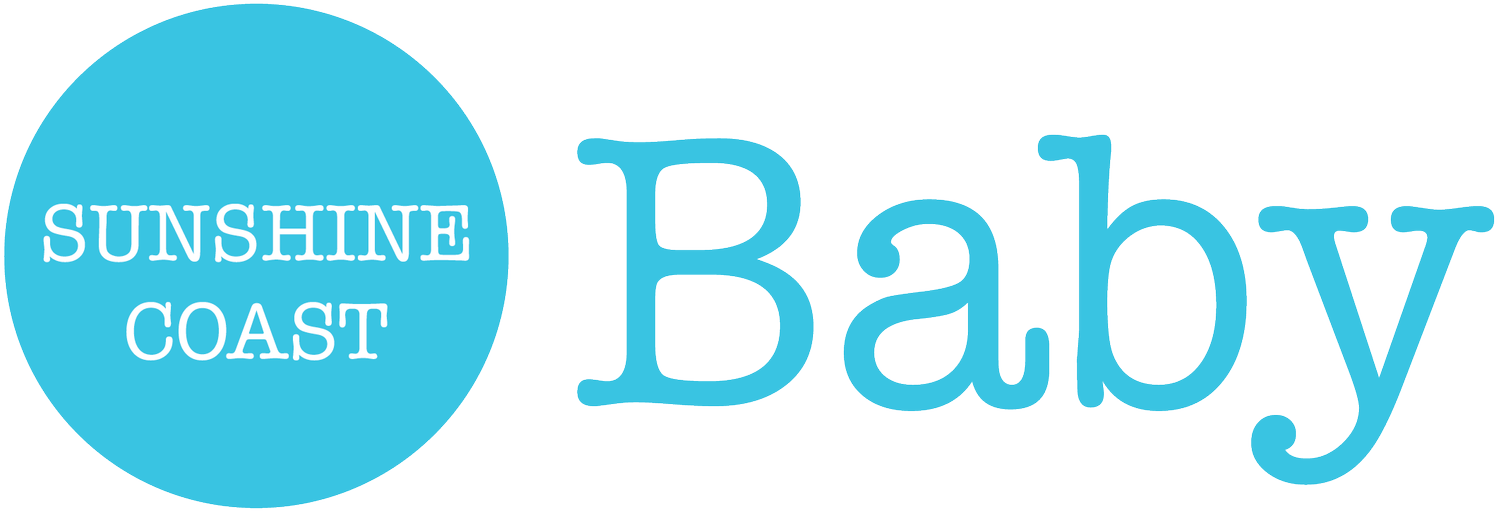Understanding Baby’s Feeding Patterns
Babies know how to feed and they know when to feed and they signal their needs with Feeding Cues. Early cues include stirring, stretching, opening the mouth and licking lips. They progress to head turning, increased physical movements, and putting the hands to the mouth. Baby may mouth around and suck, seeking the breast. Late cues include agitated body movements, crying and becoming really upset. If baby cries she needs to CALM down before commencing a breastfeed. Attaching a crying baby to the breast will result in a poor latch and potentially injure mother’s nipple – no fun for anyone! Calm baby down by putting baby skin to skin on Mum’s chest, talking gently to baby, cuddling and stroking her. A clean finger placed in baby’s mouth, resting gently on the tongue will coax baby to suck the finger and calm down. Responding promptly to your baby’s early cues enhances her physical and mental wellbeing and is important regardless of whether your baby is being breastfed or bottle fed.
Babies can’t read clocks – they respond to their physical sensations and clearly demonstrate their needs. Babies have small stomachs and efficient digestive systems, and they are in a persistent state of growth and development. They need to be fed frequently day and night to effectively sustain their rapidly changing bodies and brains. Unfortunately some parents do not realise how important this is, and coax baby to wait a particular timeframe between feeds by using a dummy or other methods of delaying feeds. This is stressful for baby and detrimental to her health.
Breastfeeding patterns change frequently. In the first few days of life baby takes frequent small feeds of colostrum, and after the mother’s milk “comes in” baby will often seek two or more phases to each breastfeed. Typically, baby will start the feed enthusiastically gulping down the fast-flowing milk from the full breast. After a few minutes baby will appear fully satisfied and may drop off to sleep. The fast-flowing milk she has received is full of wonderful nutrients but has very little fat content. Baby may sleep a short time, and then stir. She has partially digested the first milk and then “cues” to complete the breastfeed. It is advisable to return baby to the first breast at least once before offering the second breast. By returning baby to the same breast for the second phase of the feed she is likely to also receive some “hindmilk”. This fattier milk is digested more slowly, helping baby to feel satisfied until she is ready for the next breastfeed. Baby will signal she is satisfied by “self-releasing” from the breast and relaxing. At the next breastfeed the mother can offer the opposite breast, following the baby’s cues as above. This pattern ensures both breasts are well drained a number of times during each 24 hour period, enhancing the establishment of an ample breastmilk supply.
Nature provides perfectly for growing babies and mothers can trust their babies to guide them to know when, and how long they need to feed. Scheduled feeding disables and disempowers this intuitive communication between mother and baby, so forget the clock!
by Lois Wattis

